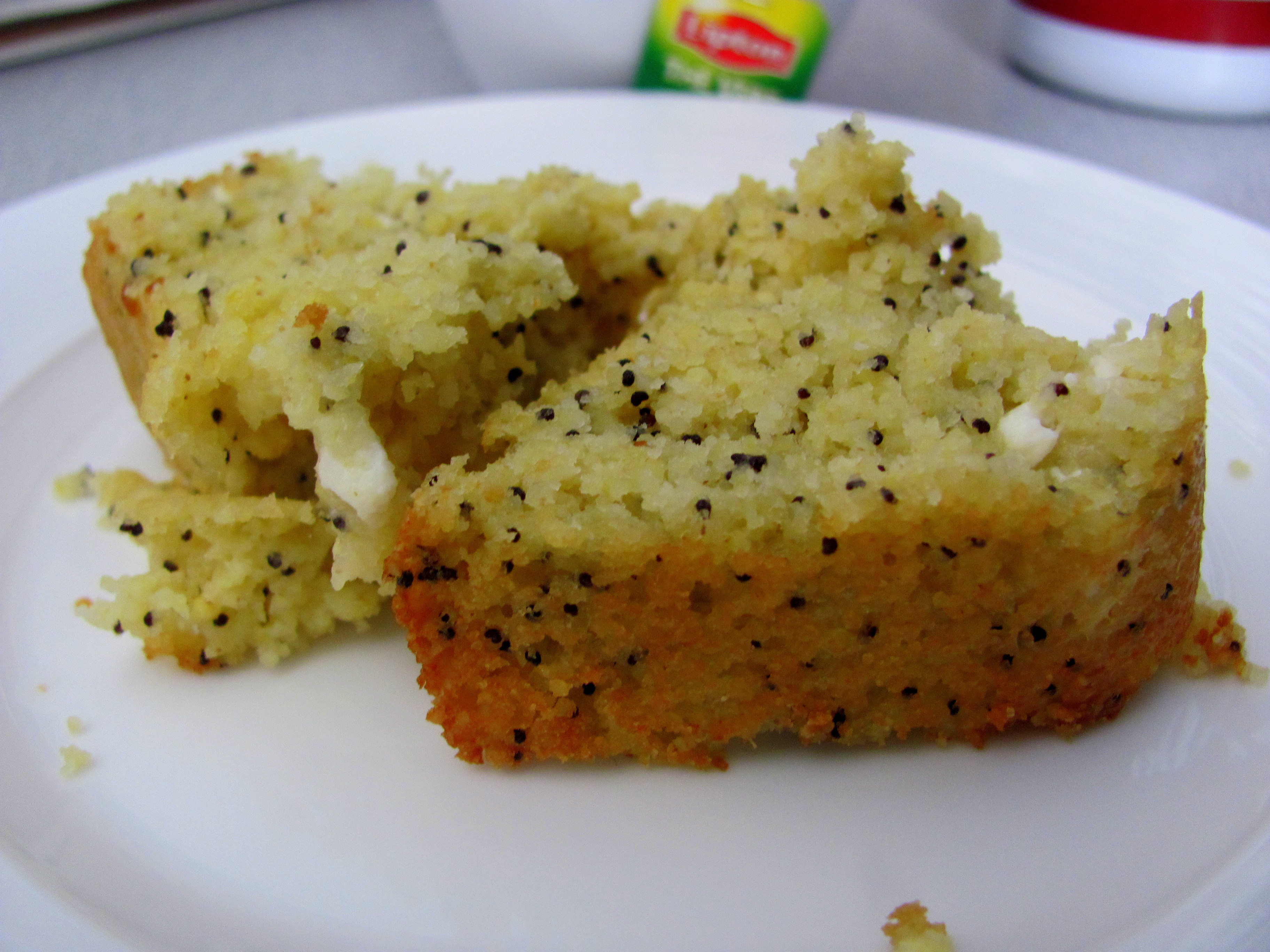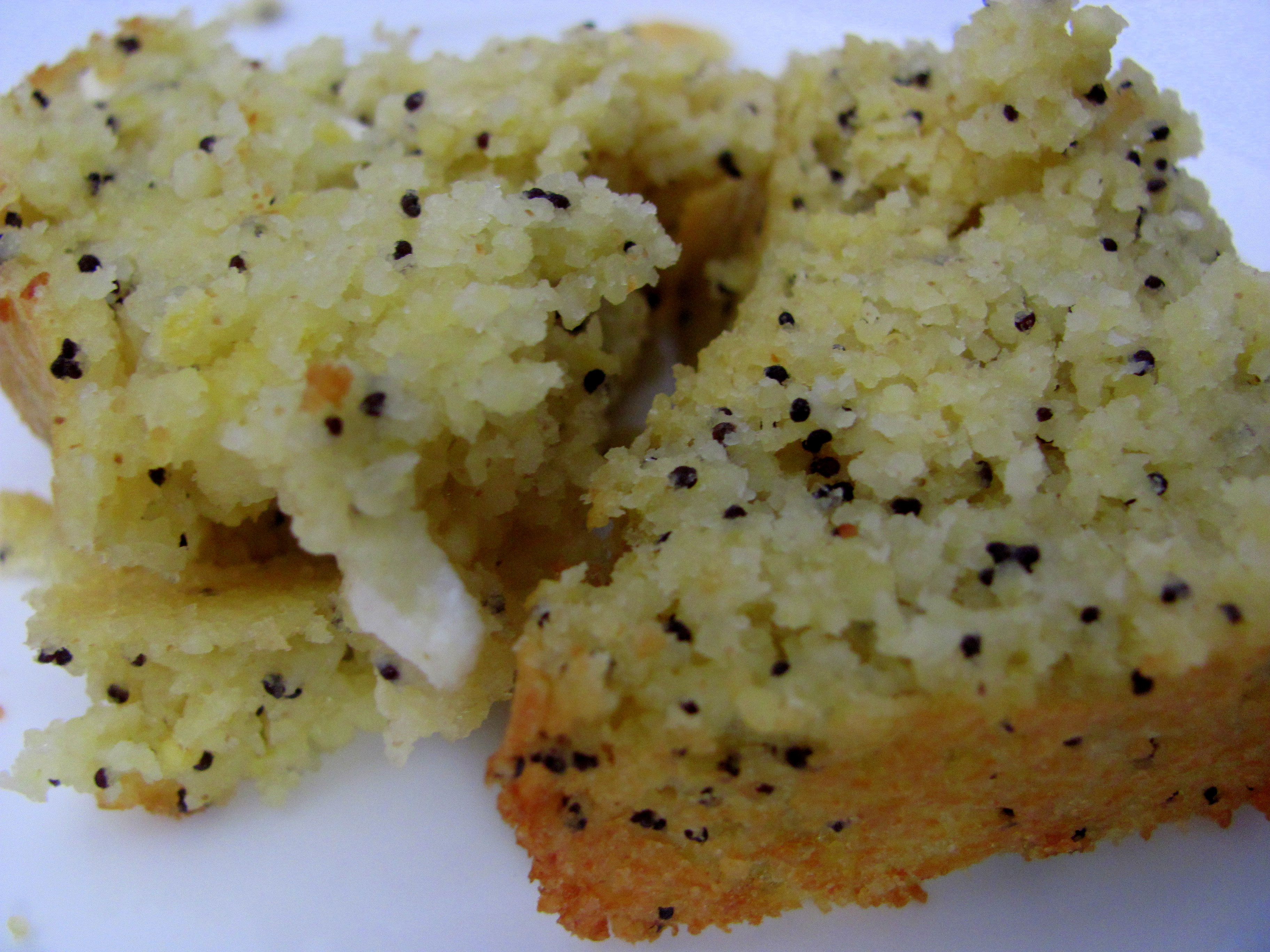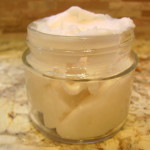Everyone loves baked things. They help fuel social gatherings, solo study sessions, go well with tea and coffee. What’s not to love? The problem, however, is that most are laden with sugar, wheat flour, usually processed and virtually all contain milk and eggs, which a growing number of people are developing intolerances to.
Gluten-free goods can be expensive and have the quality of cardboard. So, what’s a health-minded individual to do? No worries, many common recipes can be converted quite easily, depending on your dietary needs and preferences.
Flour. I find that gluten-free flour can be substituted for wheat flour in a 1:1 ratio. Take the same amount of gluten free flour that the recipe calls for, and add it in instead of wheat. Each gluten-free grain or nut has its own temperament, however, which is why, in my house, we create a flour mix using almond, quinoa and brown rice flours. Mixing various types together helps balance out each one’s unique personality, creating a multi-purpose baking flour, sans gluten. There are also many “all-purpose” gluten-free flours on the market, which you can just grab and use. It’s important to be wary, however. Just because flours are gluten-free, doesn’t make them healthy. Many can be made with tapioca, potato or white rice, which all spike blood sugar just as fast or even faster than white wheat flour. If you’re going to substitute your flours, use healthier whole grains or nuts, which are absorbed more slowly and don’t cause as much of an insulin reaction.
Milk. In the same way I substitute flour, I find you can also use replacement milks in a 1:1 ratio. My favourite is natural, unsweetened almond milk (better if you make it yourself, but I lack the time or resources), which has the less offensive, grassy taste than other milks, such as soy, especially if you’re just replacing skim milk. Coconut milk is a delicious substitute, especially if the coconut flavour complements what you’re making. It has a heavier quality and is great for replacing cream. To make buttermilk, I just add the same amount of almond milk plus 1 tablespoon of lemon juice or apple cider vinegar. This has worked well so far.
Butter. If you can eat dairy products, always use butter in place of margarine. Margarine is made from hydrogenated processed vegetable oils, containing high levels of trans fatty acids (the worst of the worst) and unhealthy ratios of omega 6’s. Natural butter is a far lesser evil and it tastes great. It contains Conjugated Linoleic Acid (CLA), which is touted as a powerful weight loss agent (that being said, eating pounds of butter probably isn’t the best weight loss strategy, just sayin’, it’s all about balance). Also, butter contains more fat than protein and most people who have a dairy sensitivity are sensitive to the protein in milk. Those who are lactose intolerant can’t digest the sugar (lactose) in milk. For both of these people, butter might be OK. Try it out. For me, however, dairy remains intolerable. So, I substitute butter for coconut oil. Coconut oil has a lower melting point than butter or margarine, however, so I use less of it and carefully, as it tends to make cookies runny. No worries, though, if you do manage to substitute it for butter, it becomes solid at room temperature and is truly delicious.
Sugar. First of all, most baked good recipes use way too much sugar. Oftentimes I find that I can reduce the sugar from 1/2 to 1/4 of what the recipe originally asks for. When it comes to unhealthy food, sugar is the worst and we as a culture eat far too much of it. Instead of using white sugar, I use honey or maple syrup, which have a sweeter taste (so you can use less of it) and actually contain some nutrients, unlike plain white, nutrient-free sugar. However, all sweets spike your blood sugar quickly, acting no more politely than our uncouth white table sugar “friend”. Therefore, it’s best to limit your intake as much as possible. Adding applesauce to baked goods is a great sweetening strategy. Not only are apples naturally sweet and full of vitamins and fibre, they are also moist and can replace some of the butter and eggs in a recipe if need be.
Eggs. Many gluten-free recipes call for more eggs than they normally would if the recipe contained gluten flours and the full amount of sugar. This is simply to keep everything together, gluing the batter into place and making the recipe seem more substantial. Eggs for me are perfectly fine and are actually some of the most nutritious foods on the planet, besides any vegetable, so I tend to happily keep them in. However, my mom recently found out she’s intolerant to eggs and so we’ve been looking for ways to substitute them. In some recipes, they can be left out completely. In others, you can try using 1 tbs of flax or chia seeds to 3 tbs of water. The fibre in the chia and flax forms a gel, which can help your cookies, muffins or cakes stick together, in the way an egg would. This another area where applesauce works well as a replacement (and the good thing about adding applesauce is you can chuck the added sugar from the recipe as well, making it way healthier).
Oils. Sure, oil can be healthier than butter or lard, because of its liquidity at body temperature, but be wary of which oils you add. Rather than adding soy, corn or processed vegetable oils, full of inflammatory omega-6’s, try adding natural, healthier oils like olive oil or coconut oil. While fat is good, great even, it’s important to keep everything in moderation and most recipes do well with a slight decrease in the amount of added oils.
Additives: Finally, baking healthfully doesn’t always have to be about replacing things! Part of the reason we as a society have poor dietary habits isn’t just to with with what we do eat, but what we don’t eat enough of. For the most part, few of us get the recommended daily servings of fruits and vegetables. Therefore, adding fresh berries, fruits and even sneaking veggies into baked goods makes them extra healthy. I also find that adding 1 tbs of ground flax or chia increases the fibre and omega 3 fats in baked goods, and other nuts like walnuts or almonds helps increase texture, fibre and healthy fats, giving them an extra healthful punch. Be creative and add in your favourite healthy foods where you think they might fit.
Sample recipes:
Lemon Blueberry and Olive Oil Muffins
Does anyone else have any tried and true healthy baking strategies they’d like to share?









I try to substitute a healthier option for oil and cut down on the sugar and sodium – at least use brown sugar or honey. Have a Great Day:)
Great! I love how everyone seems to have their own strategies for upping the health ante of favourite comfort foods!
Great suggestions! Your gfree flour blend sounds awesome too.
During my 3 years of being vegan (ie eggless) and baking my butt off, I discovered a different to make flax eggs. I now recommend mixing your ground flax or chia seeds with your other dry ingredients and then simply adding the water you would use to make the egg to the wet ingredients, then let the entire baked good batter sit for 5 to 10 minutes… rather than pre mixing it the egg then adding it. You’ll still get the binding properties without the gummyness.
Awesome! Will definitely try that out, especially now that my mom found out she has an intolerance to eggs. I do love them, but now need to find ways to work around them!
Ugh, just realized all the grammar errors in my last comment. I wrote it (sloppily) on the TTC. Sorry!
Oh and sometimes you can get away with mashed banana as an egg. Depends on the recipe though!
I didn’t notice any errors! (But maybe it was because I was reading the comment on my phone too!) Hmm mashed banana, I’m going to try that one too. There’s nothing like experimenting. Whenever I bake, my dog always comes into the kitchen to see if anything’s spilled on the floor. It always encourages me because, even if my experiment has gone horribly wrong, at least there’s someone who’ll want to eat it!
Agreeing with “cravesadventure” above. I don’t use sugar at all. I use honey as a sweetner in everything. Even though it is still sugar, I feel it has more healthier properties than just regular sugar. The taste is a bit different, but you can aquire the taste over time. Well worth experimenting with.
I fully agree, even if something contains sugar, which many healthy foods do (fruit!) I’d rather use something with nutrients and health benefits like honey, applesauce or my new favourite, maple syrup. Thanks for the comment!